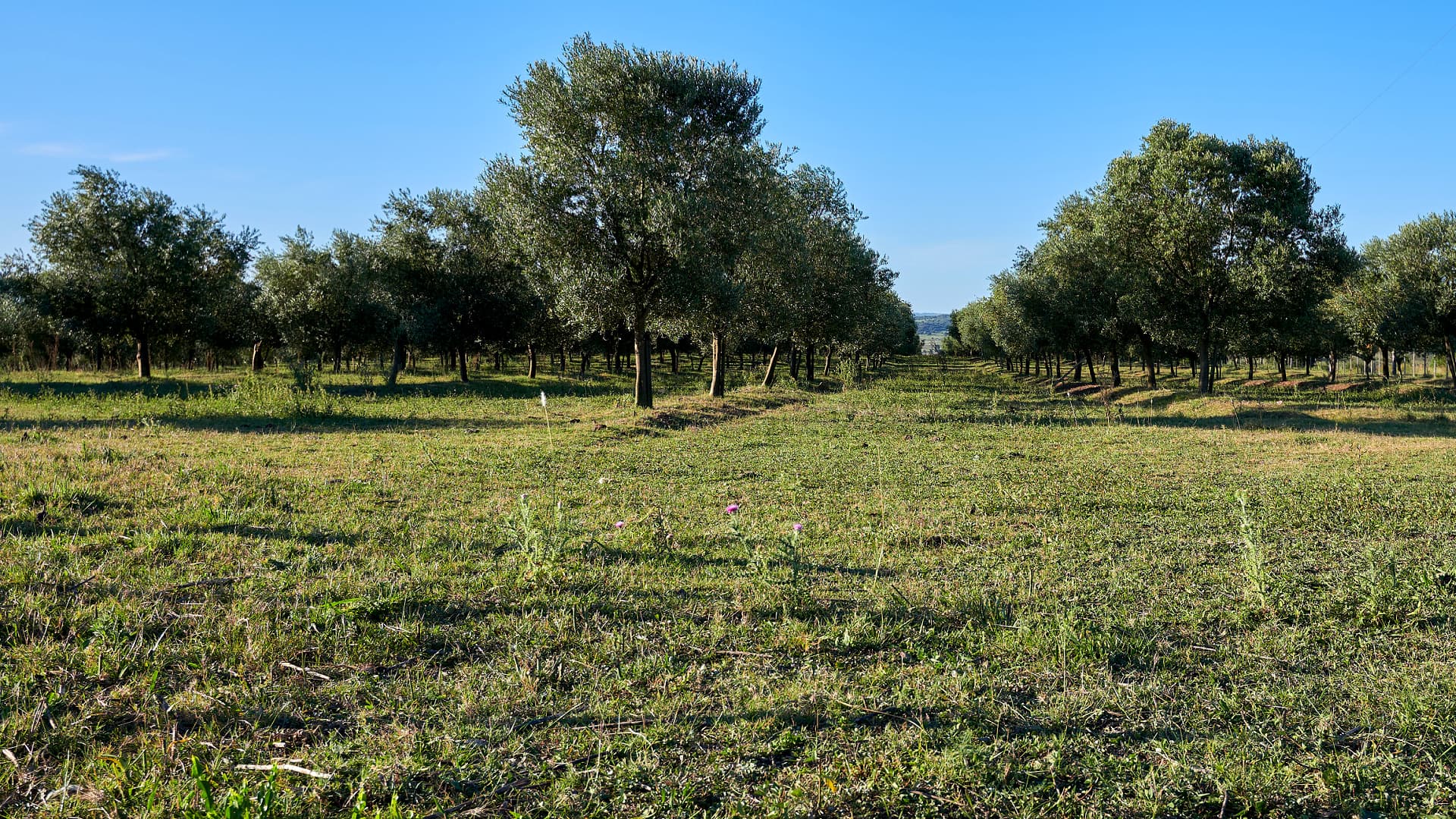 5.9K reads
5.9K readsProduction
Officials in Uruguay Expect Another Bumper Harvest

Uruguay is expected to have a bumper olive oil harvest in 2023, with production exceeding last year’s near-record yield based on preliminary estimates from the ministry of agriculture. The rising production has led to more locally-produced olive oil supplanting imports in the domestic market, with a focus on exports to countries like Brazil and Spain.
Officials from the ministry of agriculture and some independent agronomists anticipate a bumper harvest for Uruguay in 2023.
In a recent report, the ministry expected the 2023 harvest to exceed last year’s near-record yield. The ministry based its preliminary estimates on the state of flowering and fruit set in the groves.
According to data from the International Olive Council, South America’s smallest olive oil-producing country yielded 2,000 tons in the 2021/22 crop year, slightly below the record-high 2,500 tons of the 2019/20 crop year.
See Also:2023 Harvest Updates“The state of the olive groves in Uruguay has improved with the rainfall received,” said Sergio Gómez, the Uruguayan director of Onoser, who advises many of the country’s largest producers.
Barring untimely frosts, which complicated previous harvests, the ministry expects Uruguayan olive oil production to continue its upward trend.
The ministry cited two major factors for the rising Uruguayan olive oil production: better agronomic techniques, which have mitigated the impacts of the natural alternate bearing cycle of the olive tree and more olive groves entering maturity.
The report added that olive oil production is expected to continue upward in the medium term as more olive groves enter maturity.
As a result of production finally starting to exceed consumption in the country consistently – which has remained steady at about 1,500 to 2,000 tons per annum – the ministry said that locally-produced olive oil has started supplanting imports in restaurants and on supermarket shelves.
Despite this changing trend, Uruguay still imports 60 percent of the olive oil consumed domestically, mainly from Argentina, Spain, Italy and Chile. However, the higher-end portion of the market is increasingly being captured by Uruguayan brands.
The rise in Uruguayan olive oil surpluses has also led more producers to shift their focus to exports. According to ministry data, Uruguay exported nearly 300 tons of extra virgin olive oil to five countries in 2022, valued at more than $1.2 million.
The largest recipient by value was Brazil, which imported 84 tons of olive oil valued at $455,000. Most producers expect Uruguay’s northern neighbor to remain the most significant market due to the country’s modest production and far more significant demand.
By volume, Uruguay exported more olive oil to Spain – 134 tons valued at $428,000 – than any other country. Other recipients included neighboring Argentina, the United States and Paraguay.
According to the ministry, the boost in exports and local sales helped producers mitigate the impacts of inflation, which led to significant increases in energy and fertilizer prices.









